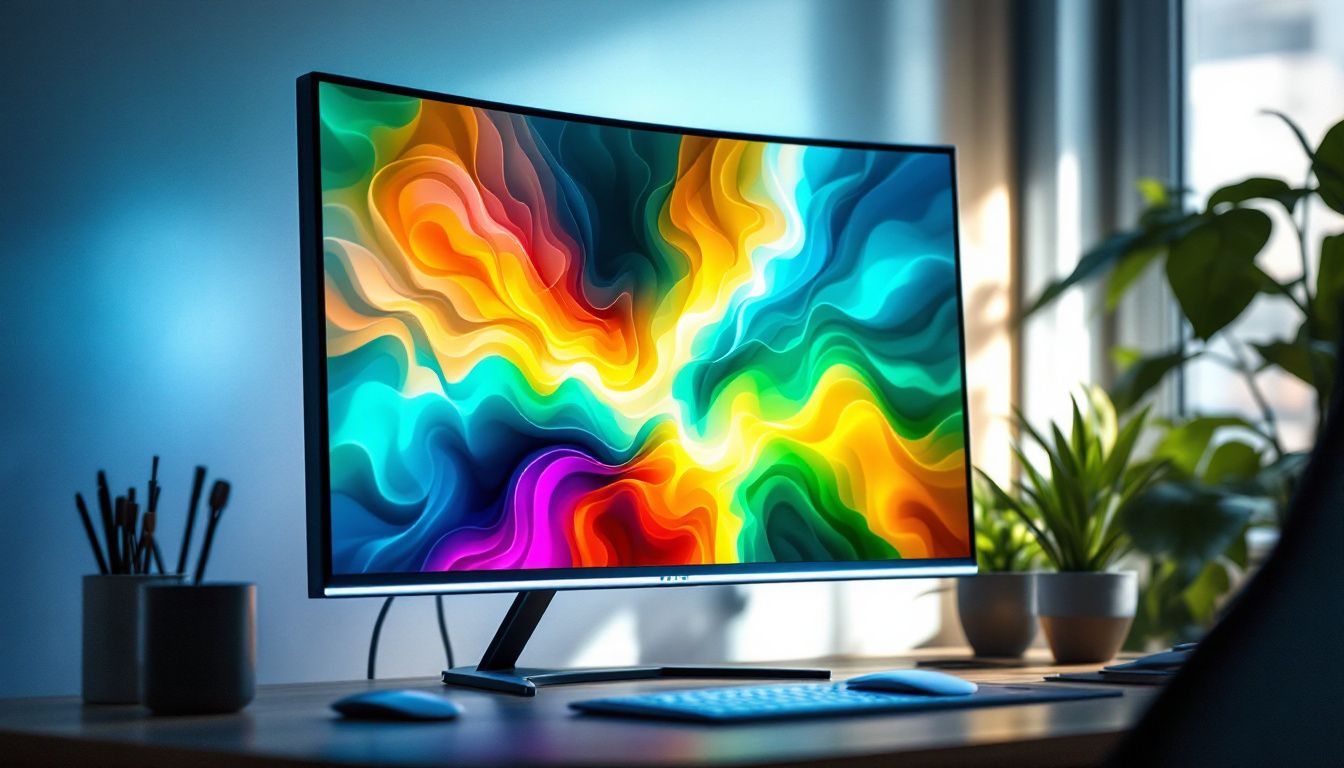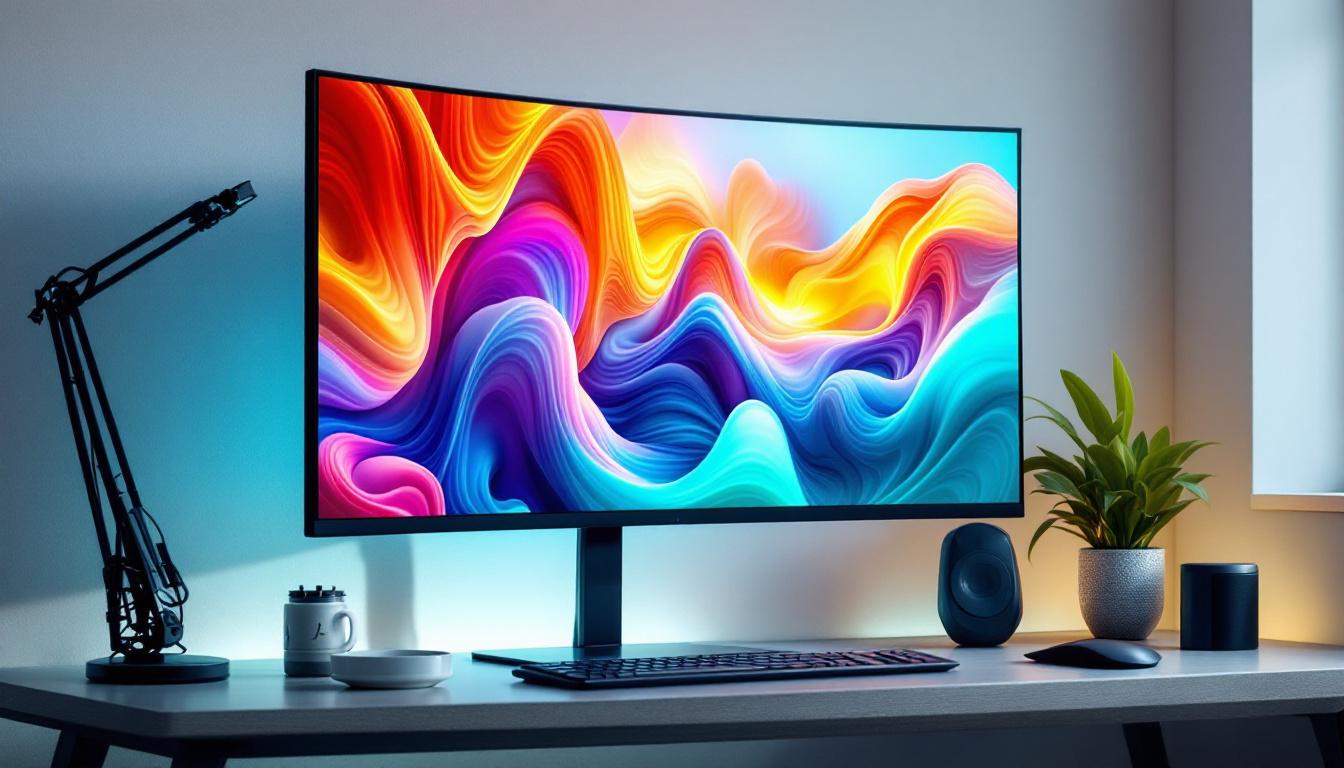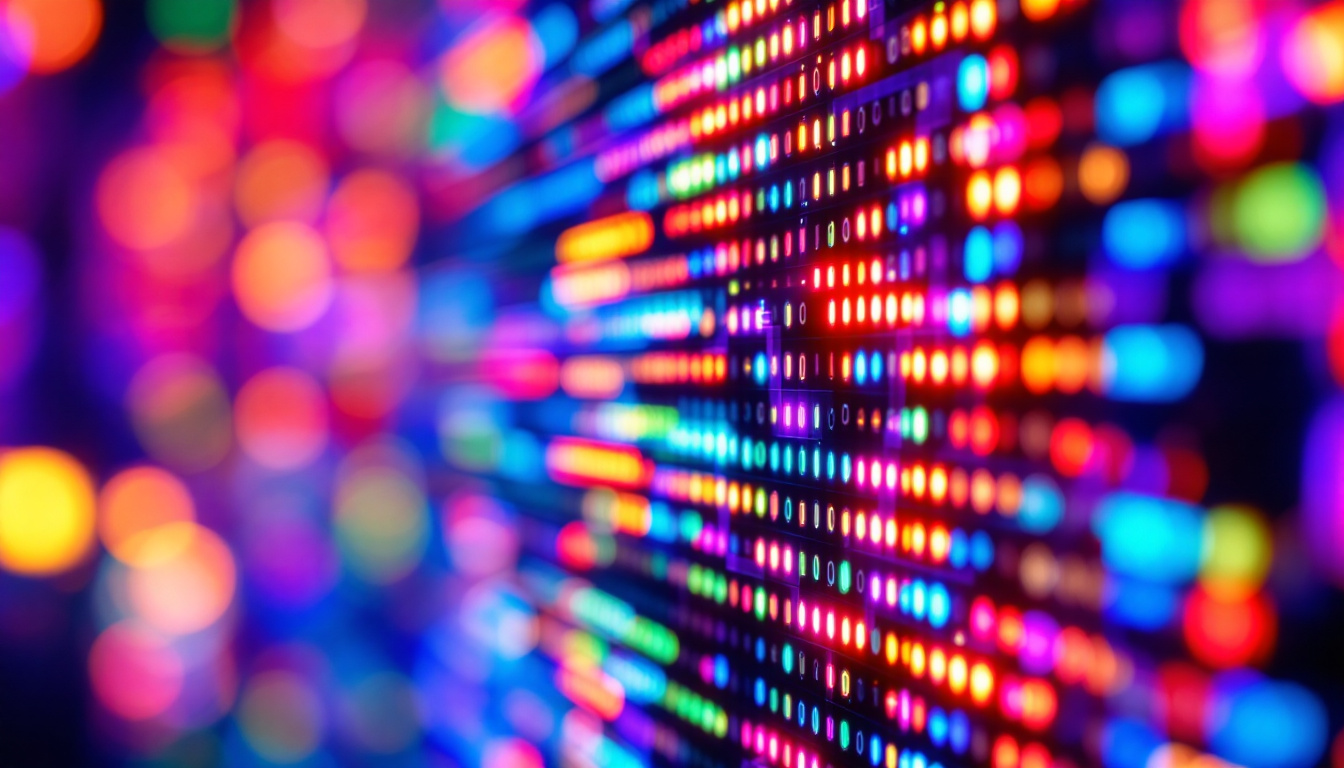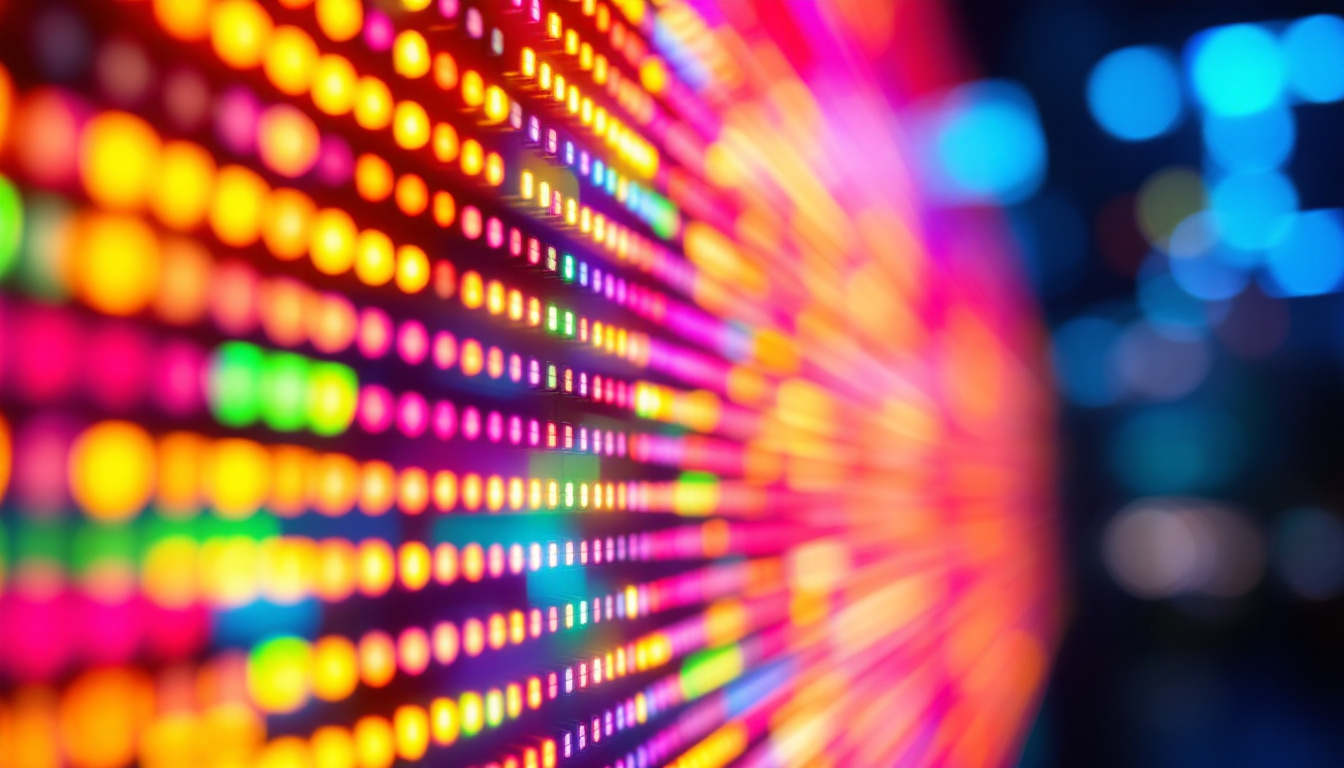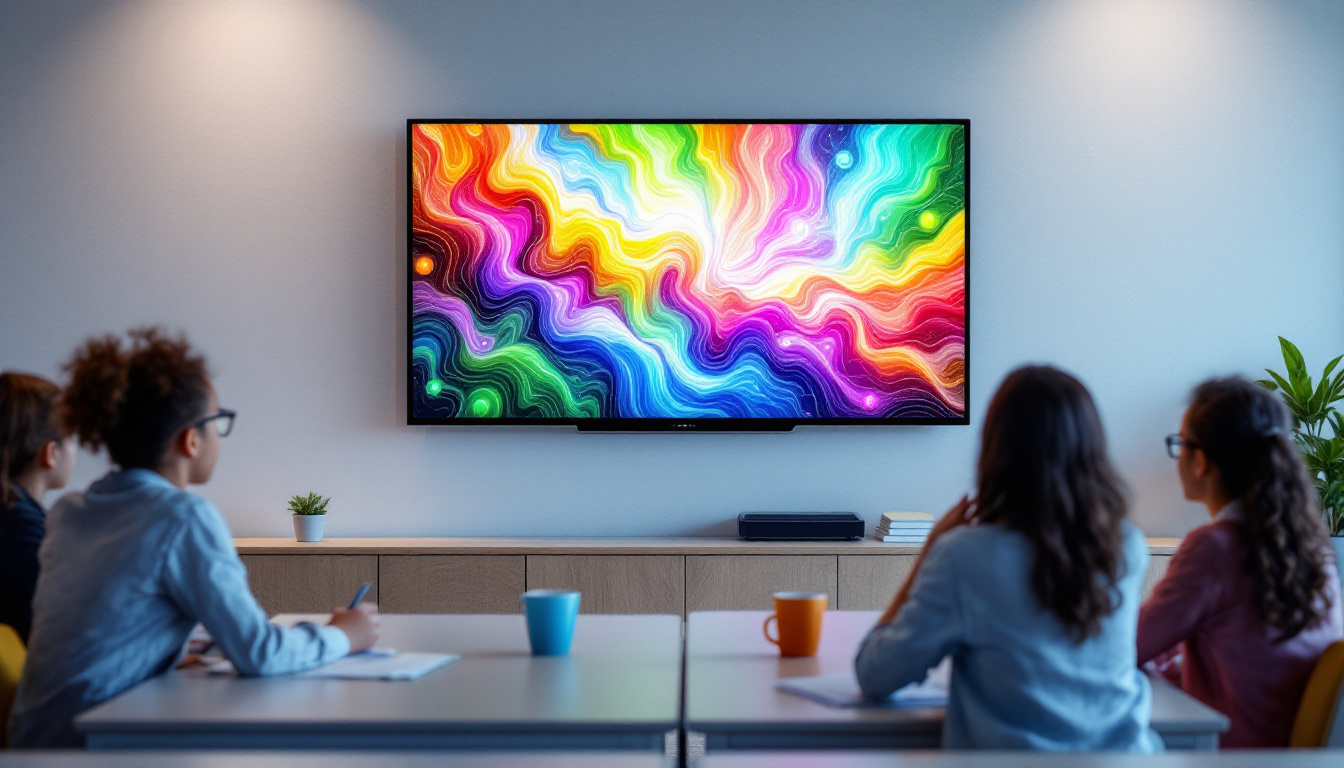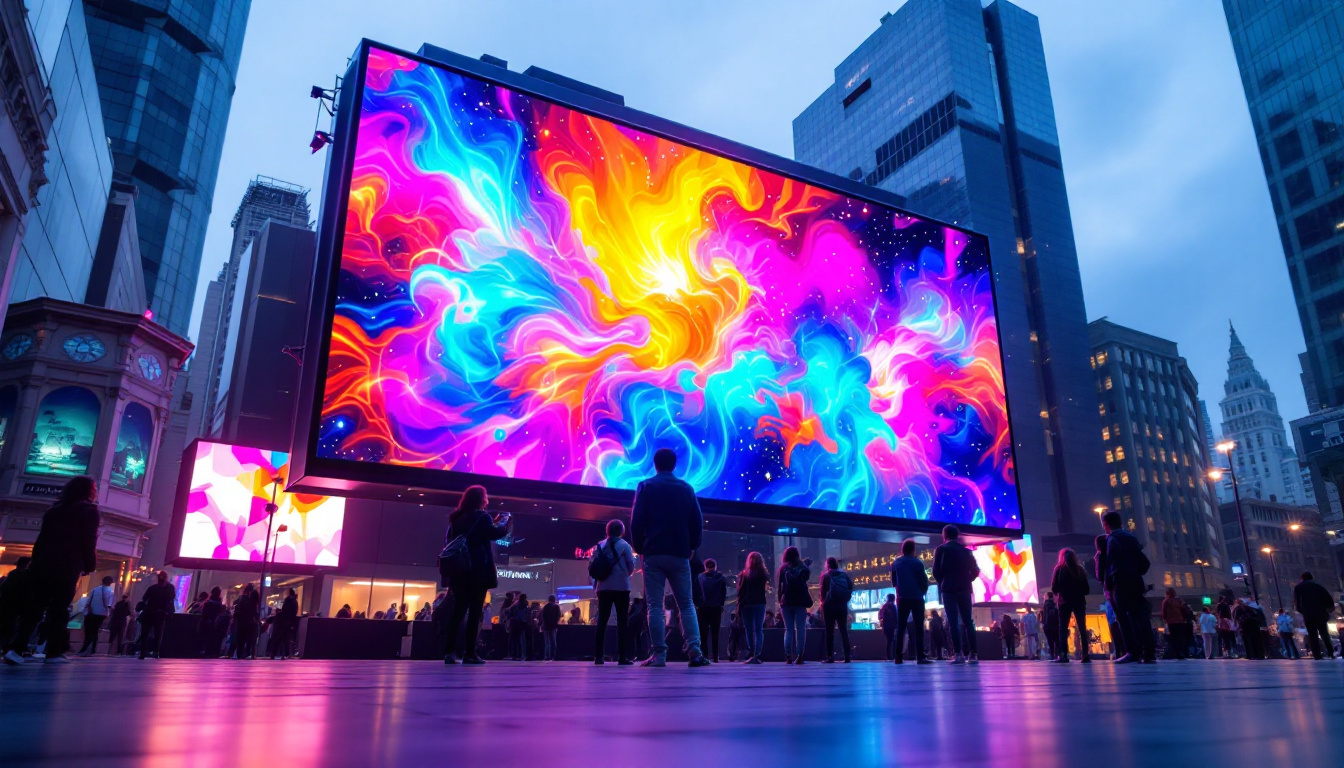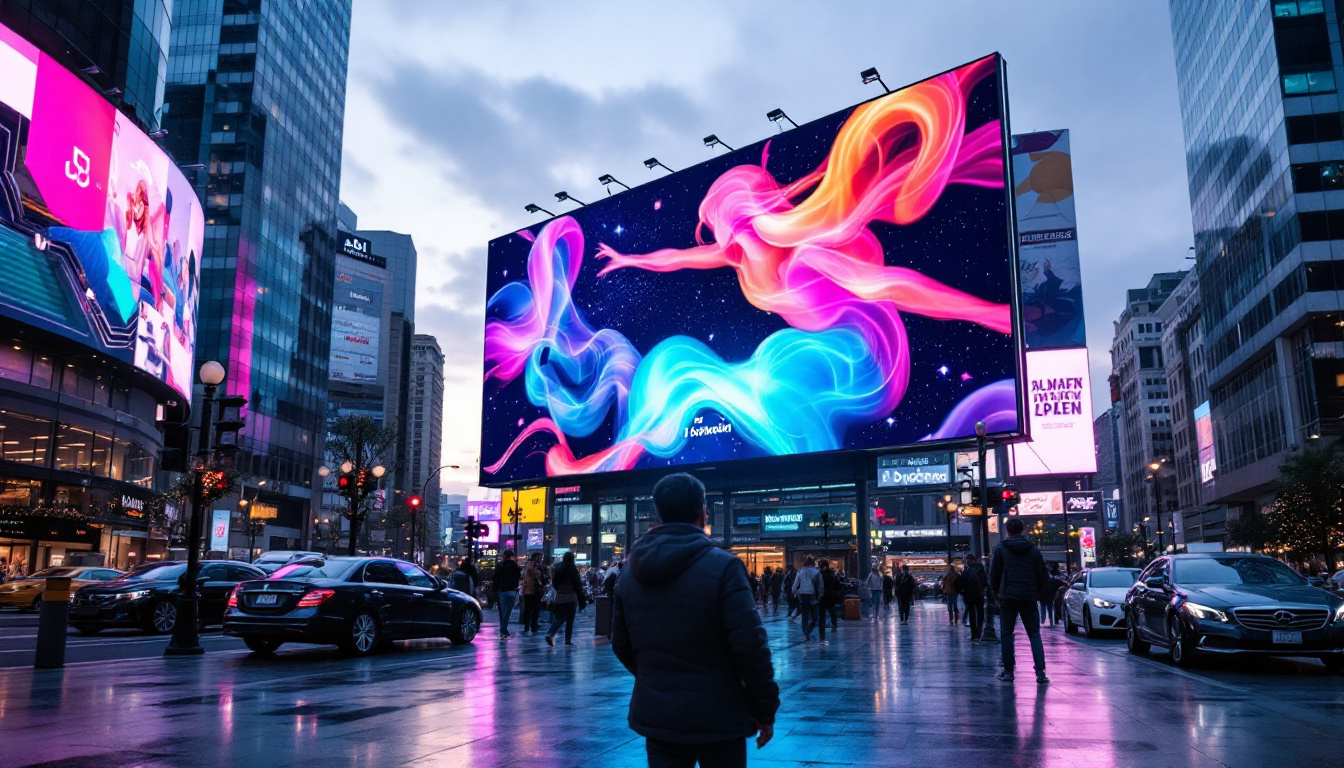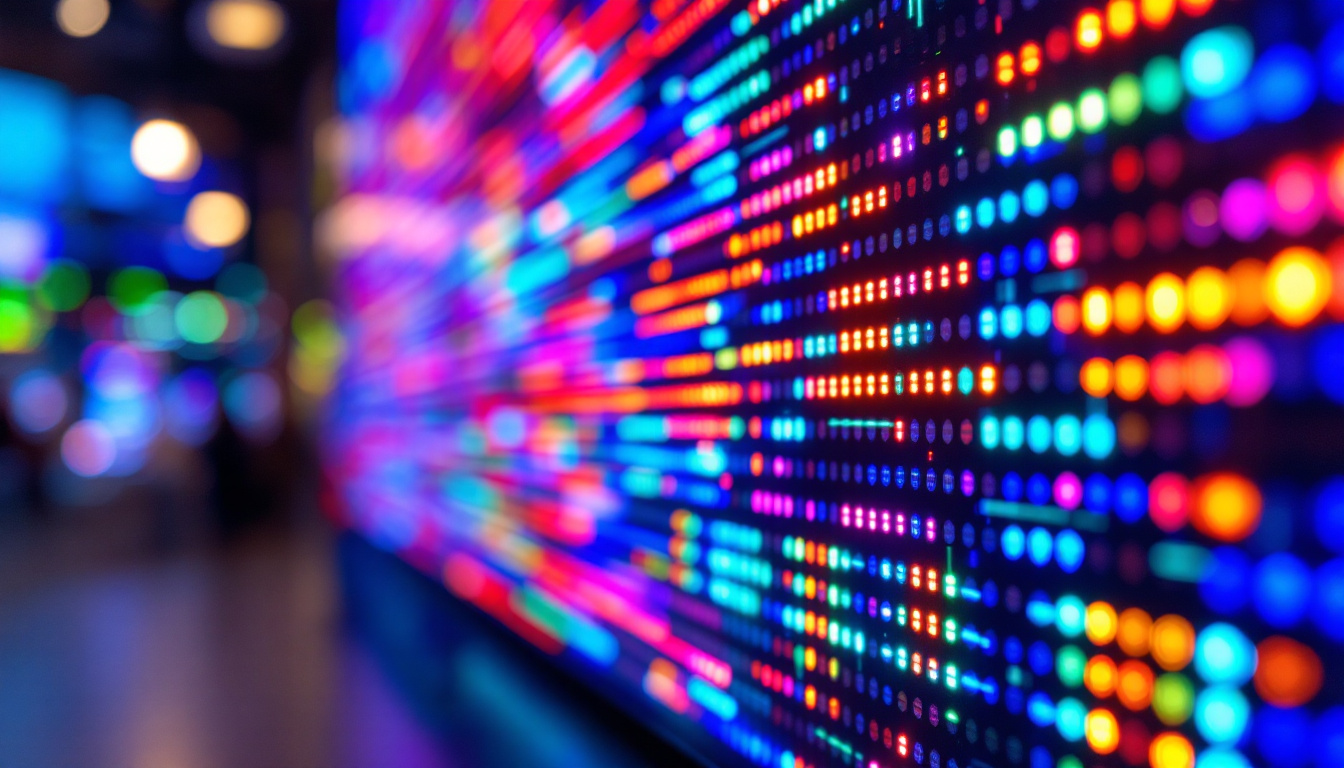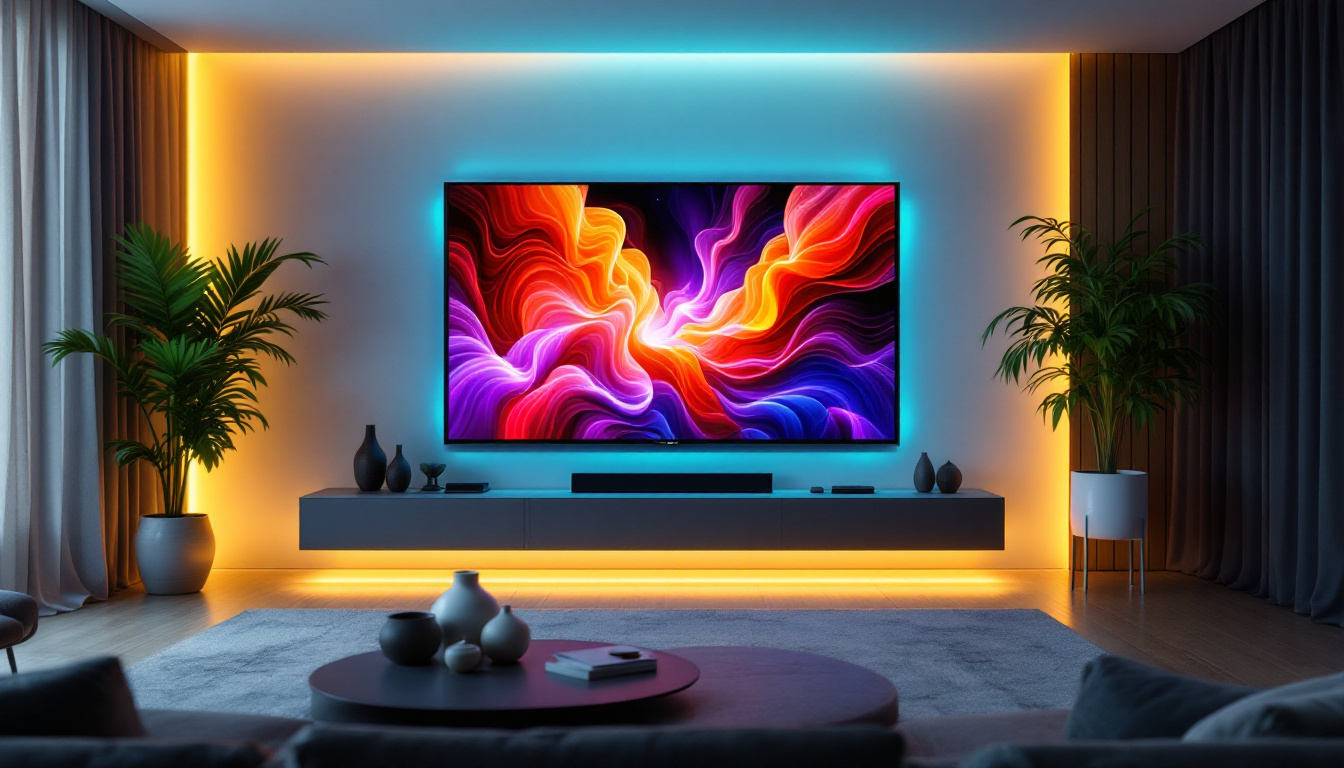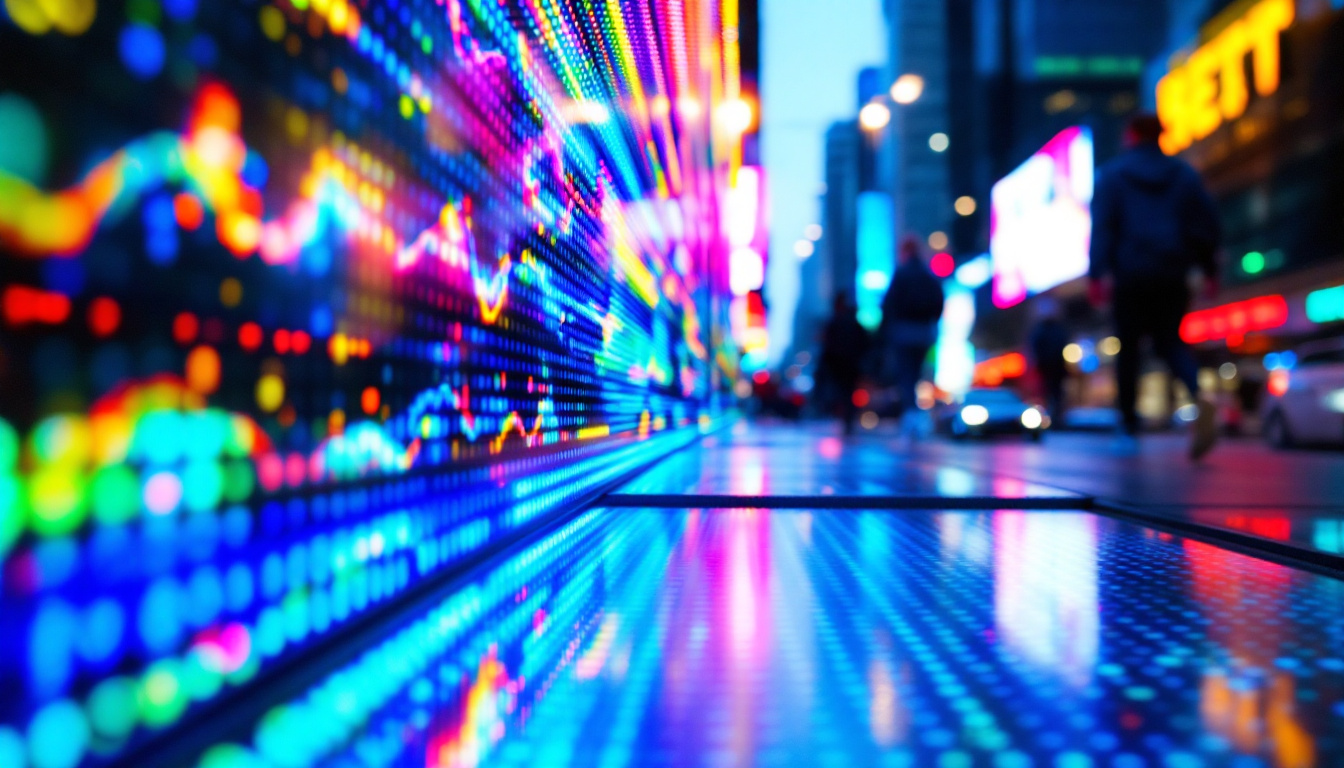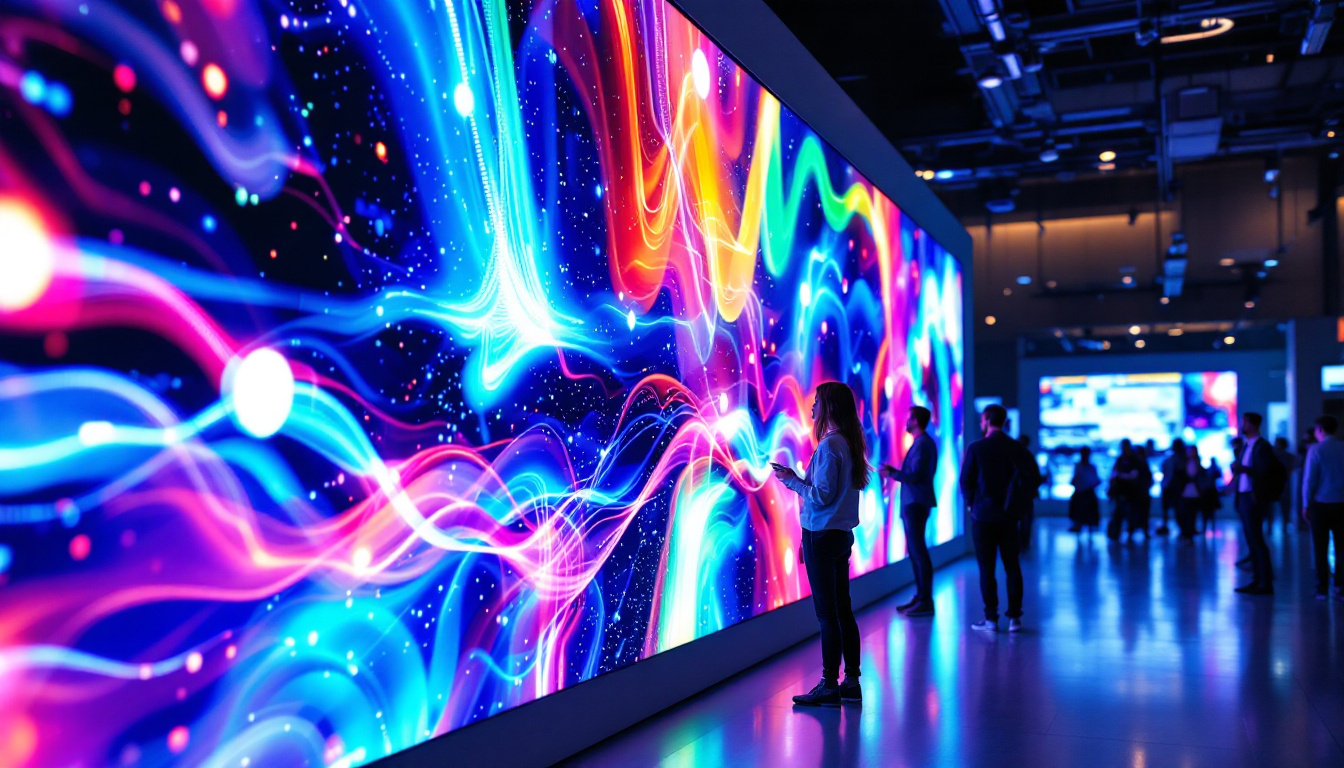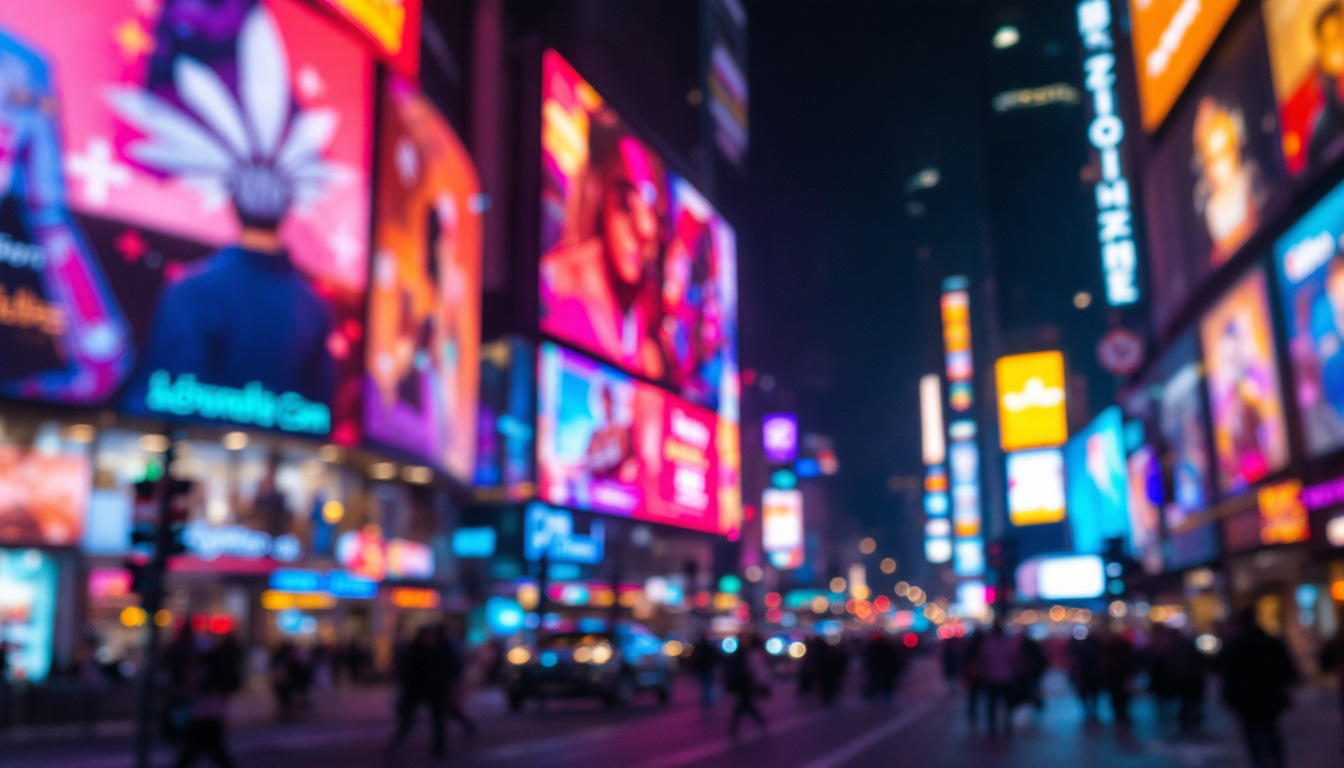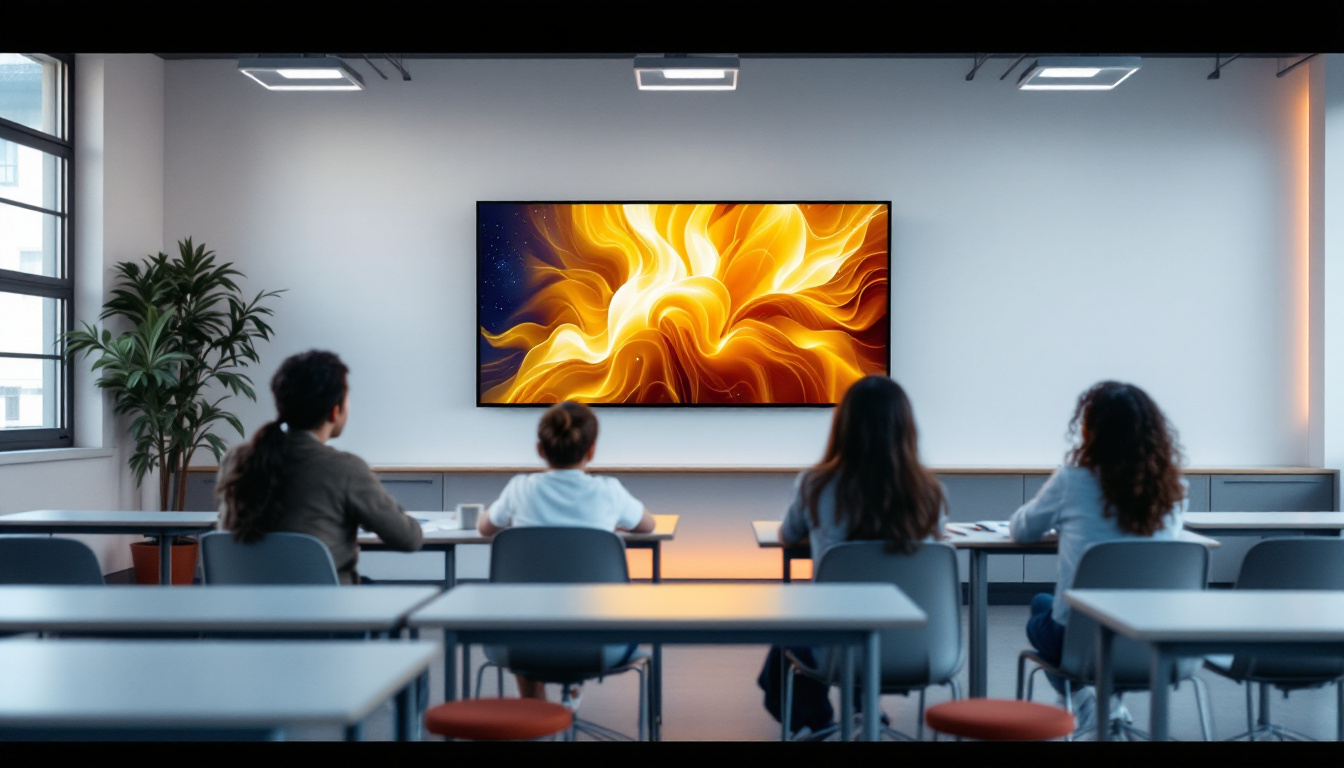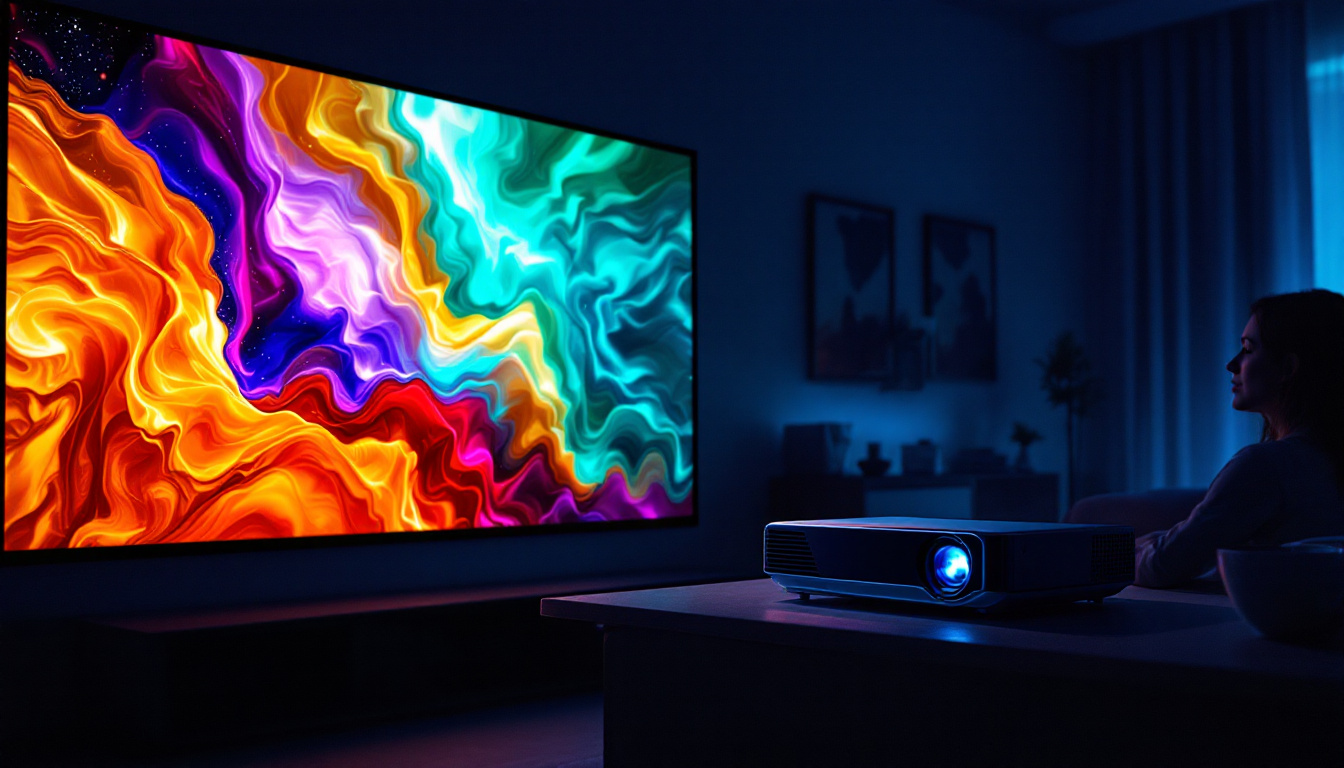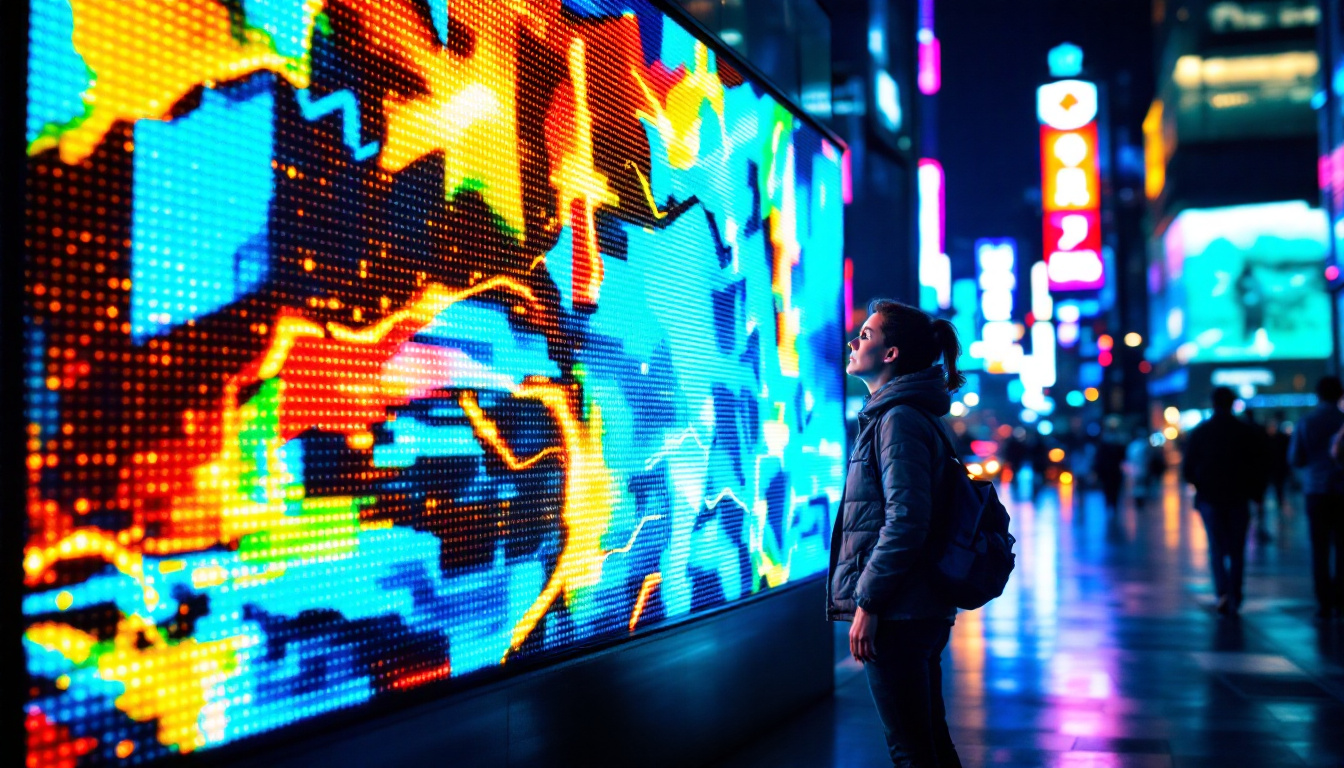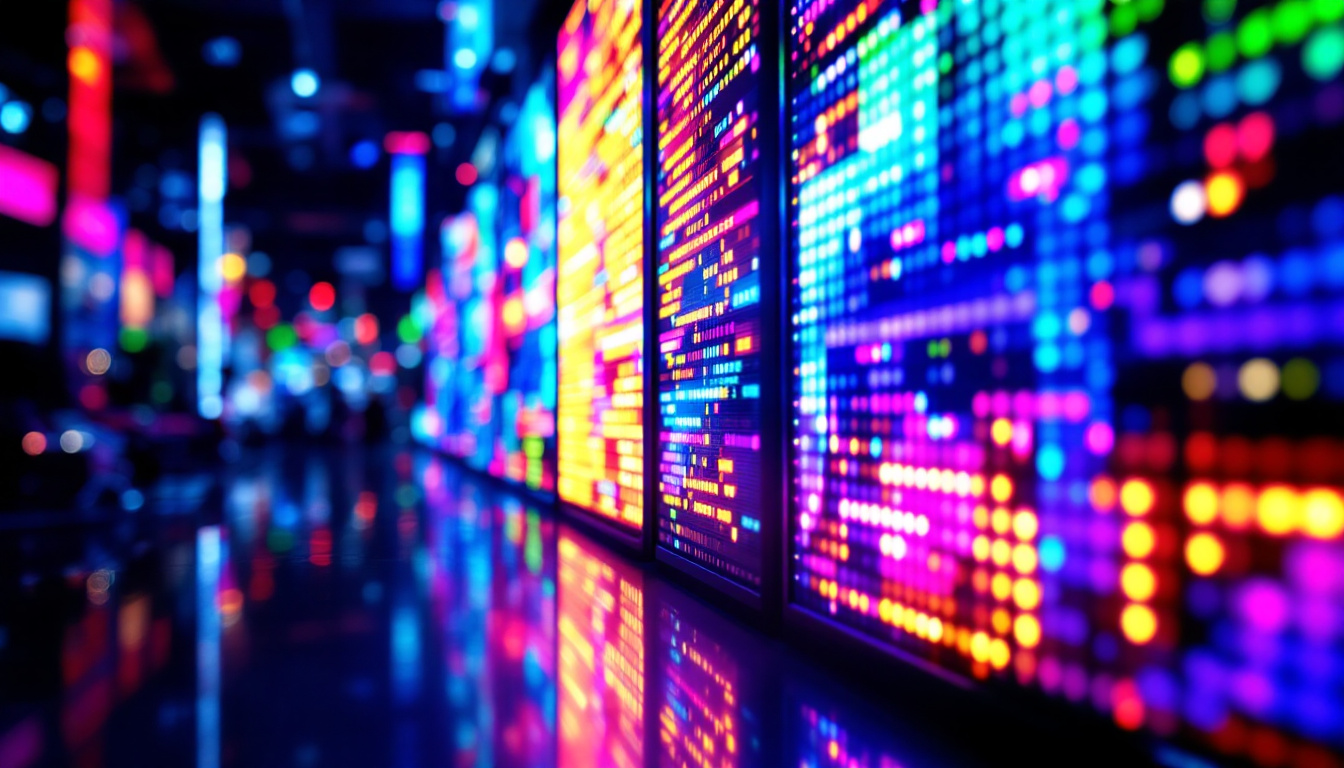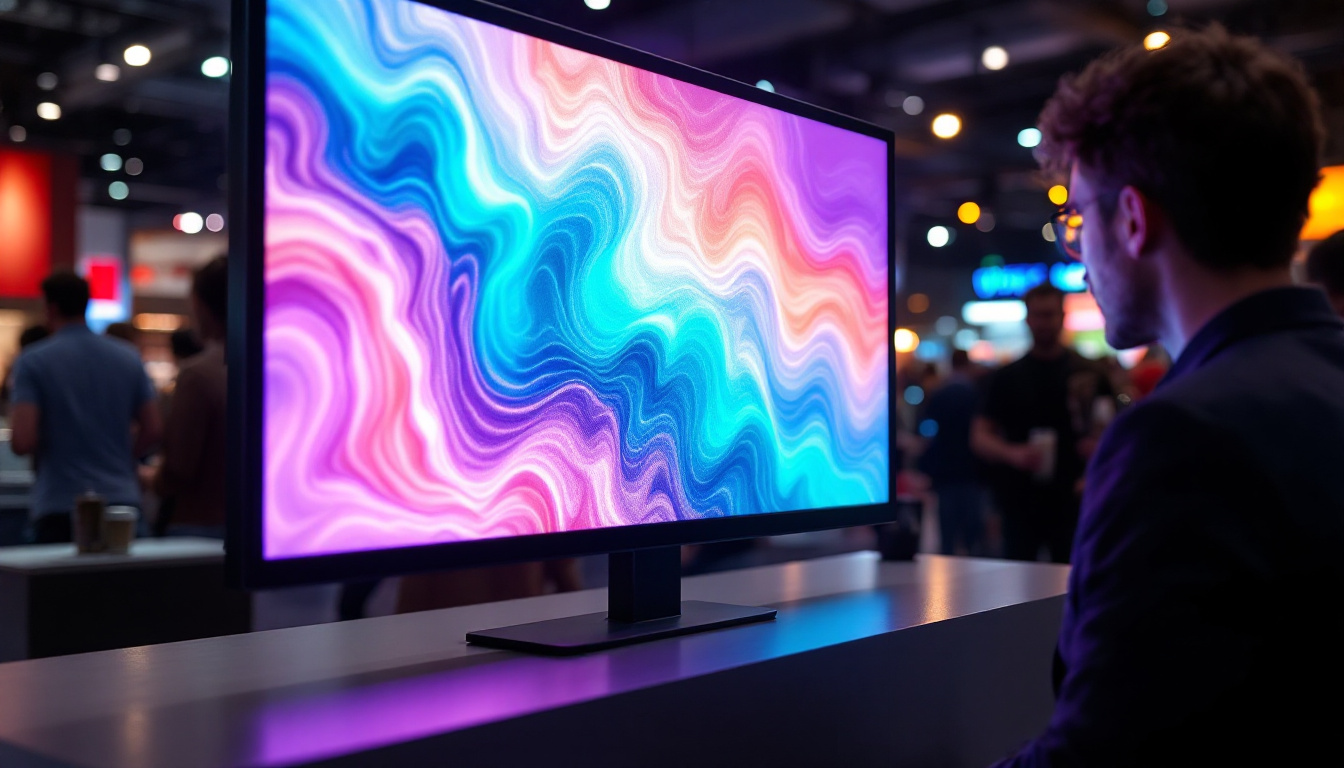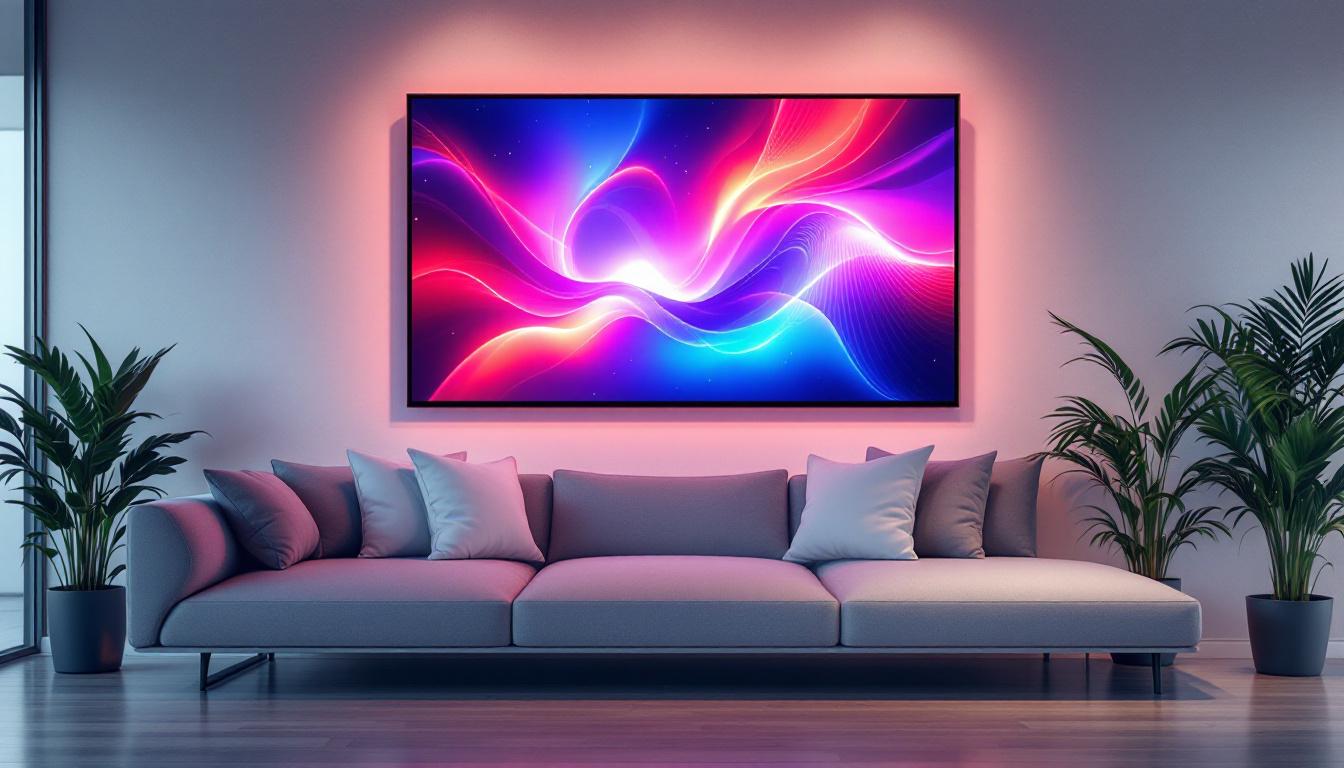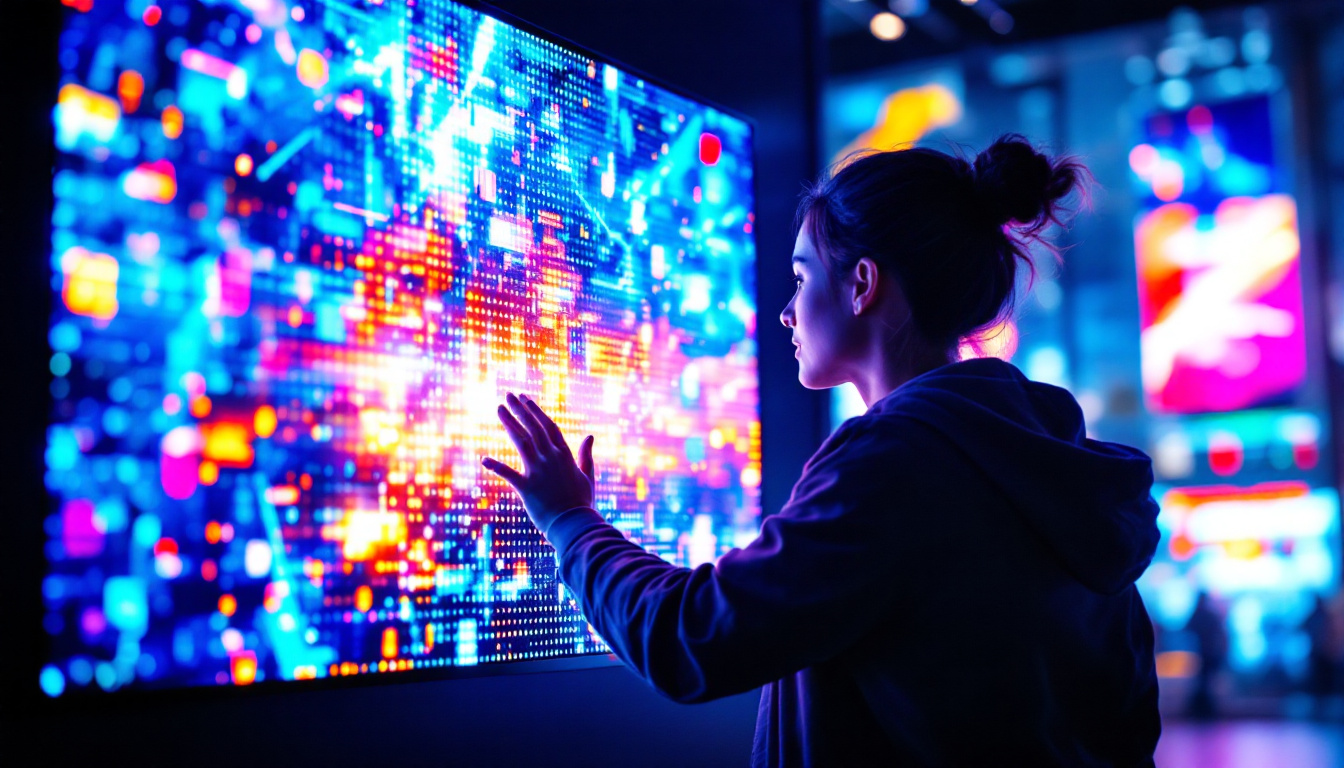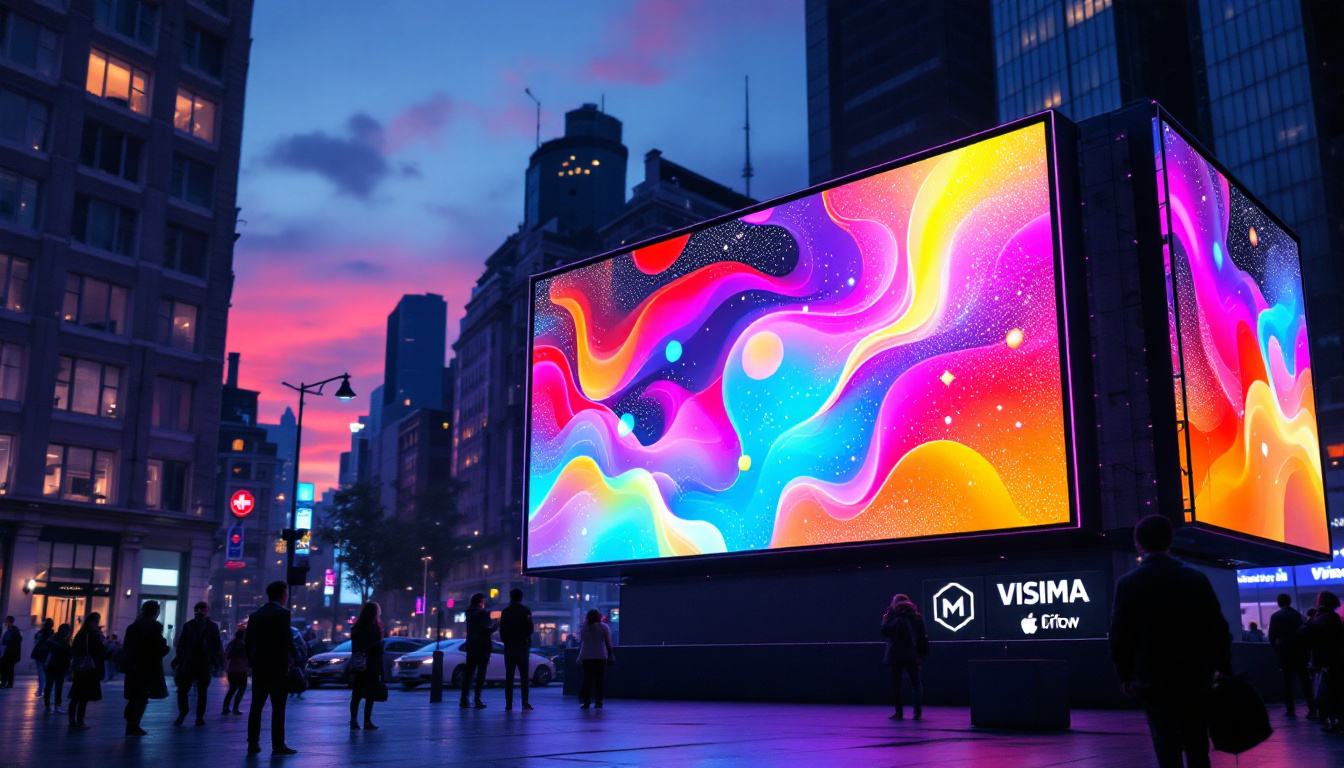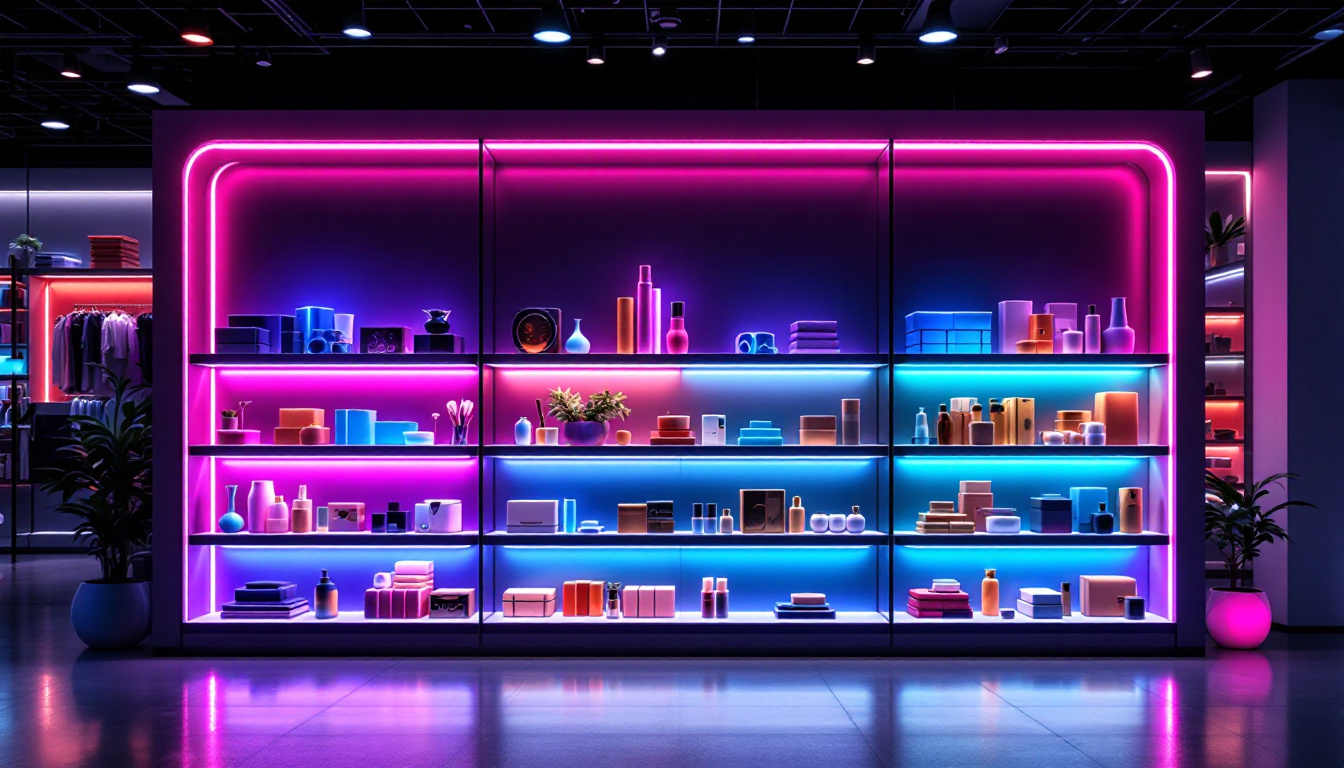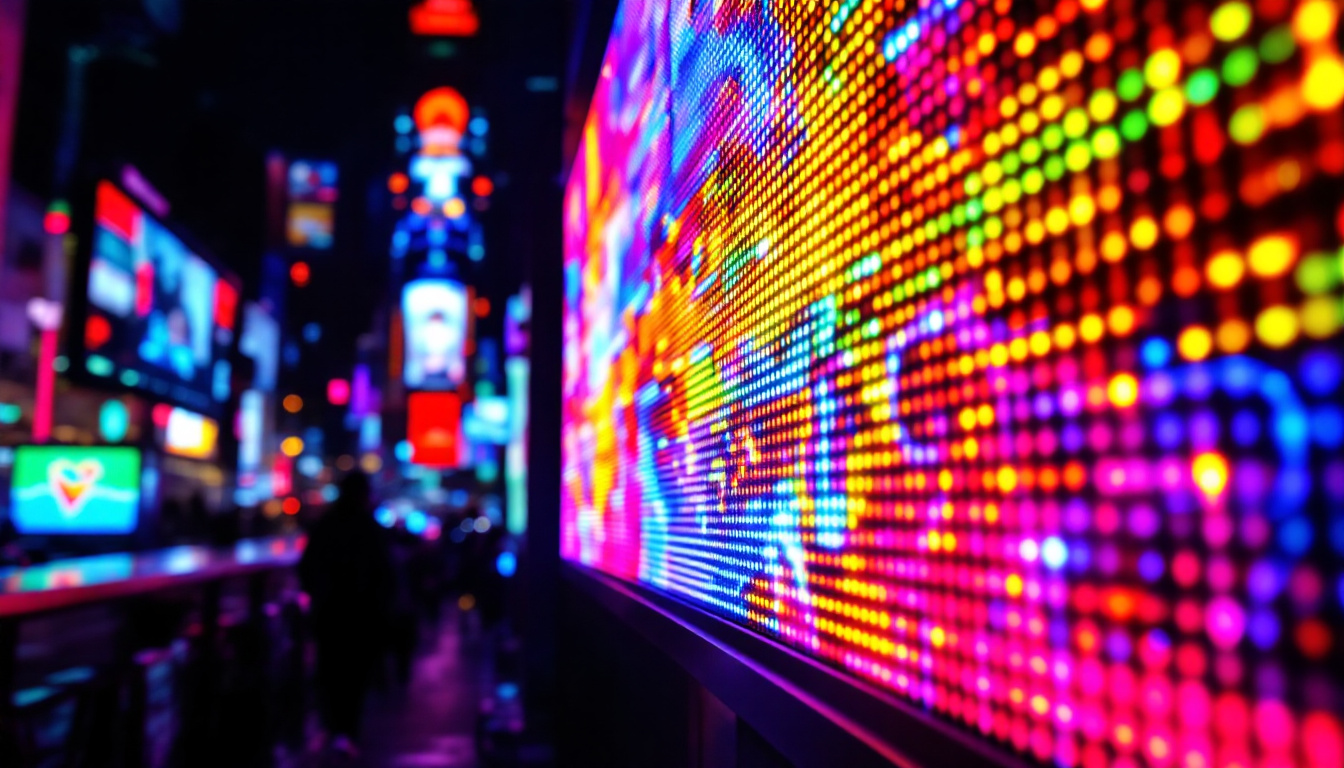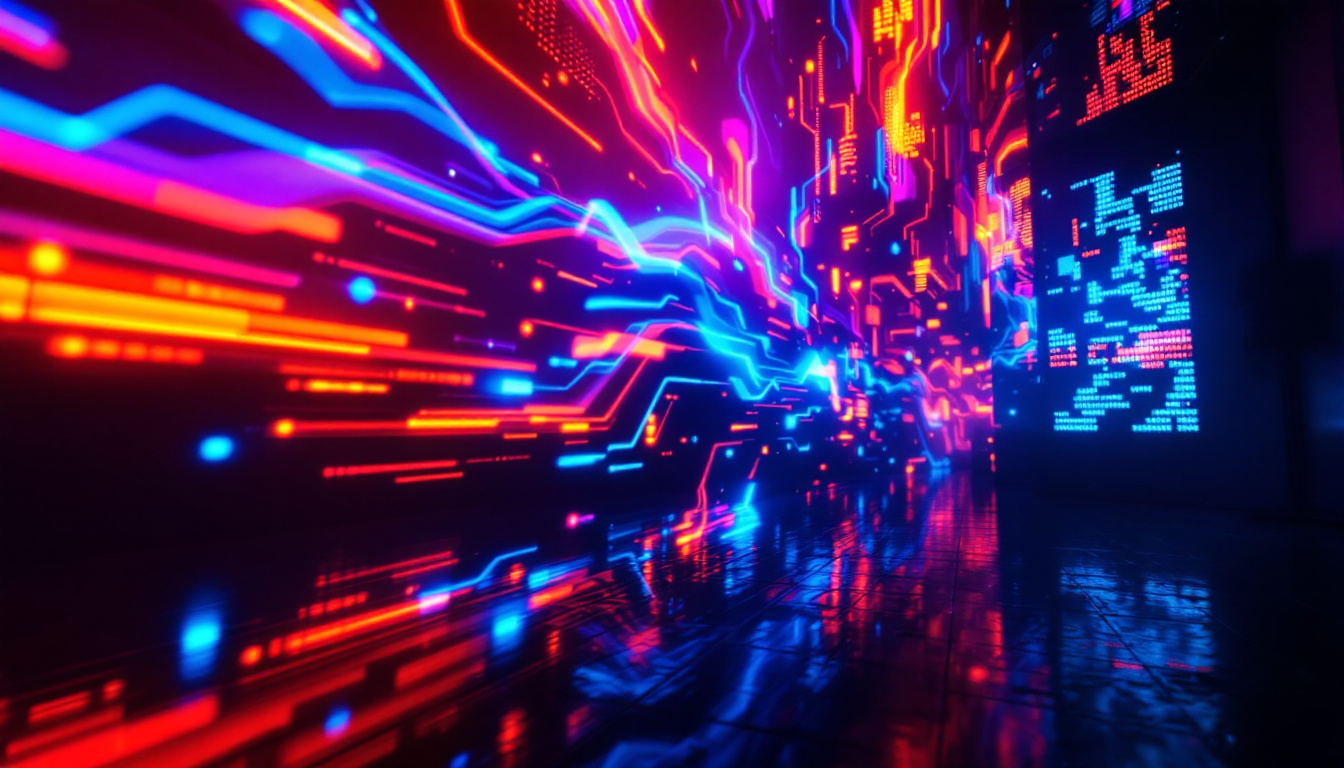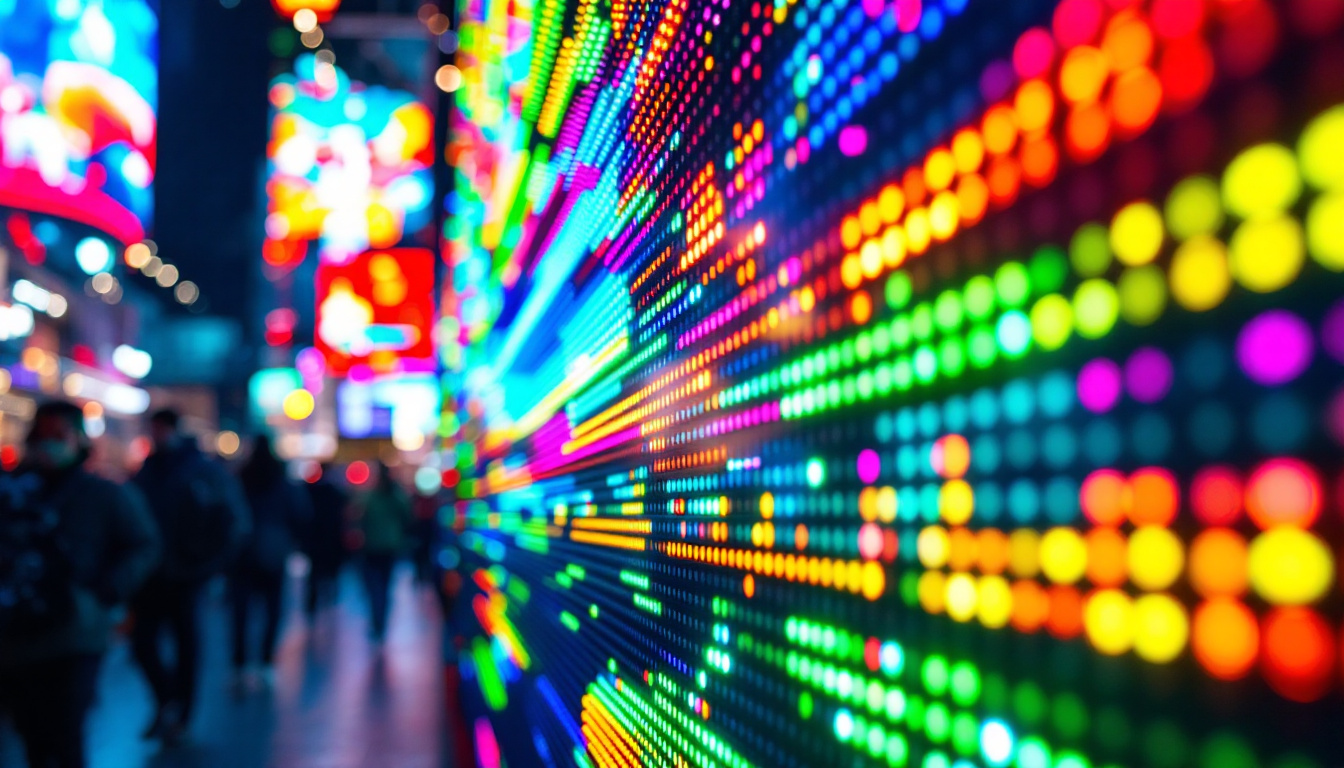The evolution of computer screens has significantly transformed the way users interact with technology. Among the various types of displays available today, widescreen LED displays have emerged as a popular choice for both personal and professional use. This article delves into the intricacies of widescreen computer screens, focusing on LED technology, its advantages, and how it enhances the overall user experience.
Understanding Widescreen Displays
Widescreen displays are characterized by their aspect ratio, typically 16:9 or 21:9, which allows for a broader viewing area compared to traditional 4:3 screens. This design is particularly beneficial for multimedia applications, gaming, and multitasking, as it provides a more immersive experience. The evolution of widescreen technology has transformed how we consume content, making it an essential component in modern computing and entertainment.
Aspect Ratios and Their Impact
The aspect ratio of a display plays a crucial role in determining the viewing experience. A 16:9 aspect ratio, for instance, is standard for HD televisions and is widely adopted in computer monitors. This ratio allows users to enjoy high-definition content without black bars on the sides, making it ideal for watching movies or playing games. Furthermore, many streaming services and gaming consoles are optimized for this format, ensuring that users get the best possible quality from their devices.
In contrast, a 21:9 aspect ratio is often referred to as ultrawide. This format is particularly advantageous for gamers and professionals who require extensive screen real estate for applications such as video editing or data analysis. The increased width enables users to have multiple windows open side by side, enhancing productivity. For instance, a video editor can view their timeline, preview window, and effects panel simultaneously, streamlining the workflow and reducing the need for constant toggling between tabs.
Benefits of Widescreen Displays
Widescreen displays offer several advantages over traditional monitors. One of the most notable benefits is the enhanced viewing experience. The broader screen allows for a more cinematic feel when watching videos, making it an excellent choice for entertainment purposes. This immersive quality is further amplified by advancements in display technology, such as higher resolutions and improved color accuracy, which contribute to a more vibrant and lifelike viewing experience.
Additionally, widescreen monitors facilitate better multitasking. Users can easily arrange multiple applications on the screen without the need for constant switching between tabs. This capability is particularly beneficial for professionals who work with spreadsheets, design software, or coding environments. Moreover, the ergonomics of widescreen displays can reduce eye strain and improve posture, as users can position their screens at a comfortable angle without having to turn their heads frequently. The overall design not only enhances productivity but also promotes a healthier work environment, making widescreen displays a popular choice in both home and office settings.
LED Technology in Widescreen Displays
Light Emitting Diode (LED) technology has revolutionized the way displays are manufactured and perceived. Unlike traditional LCD screens that use fluorescent backlighting, LED displays utilize a series of tiny diodes to produce light. This advancement has led to significant improvements in image quality, energy efficiency, and overall performance.
How LED Displays Work
LED displays function by employing a grid of diodes that emit light when an electric current passes through them. These diodes can be arranged in various configurations, including edge-lit and backlit designs. Edge-lit displays have LEDs positioned along the edges of the screen, while backlit displays feature a full array of LEDs behind the screen, providing more uniform brightness.
The ability to control each diode individually allows for greater contrast and color accuracy. This results in deeper blacks and more vibrant colors, enhancing the overall visual experience. Furthermore, LED technology enables faster refresh rates, which is particularly beneficial for gaming and fast-paced video content. The rapid response time of LED displays minimizes motion blur, ensuring that even the most dynamic scenes are rendered smoothly, making them ideal for both gamers and movie enthusiasts alike.
Energy Efficiency and Longevity
One of the standout features of LED displays is their energy efficiency. Compared to traditional LCDs, LED screens consume significantly less power, making them an environmentally friendly option. This efficiency not only reduces electricity bills but also contributes to a lower carbon footprint. As consumers become more environmentally conscious, the demand for energy-efficient technologies continues to rise, and LED displays fit perfectly into this trend.
Moreover, LED displays tend to have a longer lifespan than their LCD counterparts. With proper care, an LED monitor can last for several years without a noticeable decline in performance. This longevity makes them a wise investment for both home and office use. Additionally, many LED displays come equipped with features such as automatic brightness adjustment and energy-saving modes, further enhancing their efficiency. As technology advances, manufacturers are continuously innovating to improve the durability and performance of LED displays, ensuring they remain at the forefront of display technology.
Choosing the Right Widescreen LED Display
When selecting a widescreen LED display, several factors should be considered to ensure that the monitor meets the user’s needs. These factors include resolution, size, refresh rate, and additional features.
Resolution Matters
Resolution is a critical aspect of any display, as it determines the clarity and detail of the images. Common resolutions for widescreen monitors include Full HD (1920×1080), Quad HD (2560×1440), and Ultra HD (3840×2160). Higher resolutions provide sharper images, making them ideal for graphic design, video editing, and gaming.
For general use, a Full HD resolution is often sufficient, while professionals may benefit from the increased detail provided by Quad HD or Ultra HD displays. It’s essential to consider the primary use of the monitor when selecting the appropriate resolution.
Size and Viewing Distance
The size of the monitor is another important consideration. Widescreen displays come in various sizes, typically ranging from 24 inches to 34 inches or more. The ideal size largely depends on the user’s workspace and viewing distance. A larger screen may be suitable for those with ample desk space, while a smaller monitor may be more appropriate for compact setups.
Additionally, the viewing distance can impact the perceived size of the display. Users sitting closer to the screen may prefer a smaller size to avoid strain, while those sitting further away may benefit from a larger monitor to enhance visibility.
Enhancing the User Experience
Beyond the technical specifications, several features can enhance the overall user experience with widescreen LED displays. These features include adjustable stands, connectivity options, and built-in technologies that improve visual comfort.
Adjustability and Ergonomics
An adjustable stand is a valuable feature that allows users to customize the height and angle of the monitor. This flexibility can help reduce neck and eye strain, promoting a more comfortable working environment. Some monitors even offer pivot and swivel capabilities, allowing users to switch between landscape and portrait modes effortlessly.
Ergonomics play a significant role in user satisfaction, especially for those who spend long hours in front of a screen. Investing in a monitor with ergonomic features can lead to improved posture and overall well-being.
Connectivity Options
Modern widescreen LED displays typically come equipped with various connectivity options, including HDMI, DisplayPort, USB-C, and VGA ports. These options ensure compatibility with a wide range of devices, from laptops and desktops to gaming consoles.
Additionally, some monitors feature built-in USB hubs, allowing users to connect peripherals directly to the display. This convenience can help declutter the workspace and streamline the setup process.
Potential Drawbacks of Widescreen LED Displays
While widescreen LED displays offer numerous advantages, they are not without their drawbacks. Understanding these limitations can help users make informed decisions when purchasing a monitor.
Cost Considerations
One of the primary drawbacks of widescreen LED displays is their cost. High-quality models with advanced features and resolutions can be significantly more expensive than traditional monitors. This price difference may deter budget-conscious consumers from investing in a widescreen display.
However, it’s important to consider the long-term benefits and potential productivity gains that a widescreen LED monitor can provide. For many users, the investment may be justified by the enhanced experience and improved efficiency.
Screen Glare and Reflections
Another potential issue with widescreen LED displays is screen glare and reflections. Depending on the environment, bright overhead lighting or sunlight can create unwanted reflections on the screen, hindering visibility. Users should consider their workspace and lighting conditions when selecting a monitor.
To mitigate this issue, many manufacturers offer anti-glare coatings or matte finishes on their displays. These features can help reduce reflections and improve the overall viewing experience.
The Future of Widescreen LED Displays
The future of widescreen LED displays looks promising, with ongoing advancements in technology and design. As manufacturers continue to innovate, users can expect even better performance, enhanced features, and more immersive experiences.
Emerging Technologies
One of the most exciting developments in display technology is the integration of OLED (Organic Light Emitting Diode) technology. OLED displays offer superior contrast ratios and color accuracy compared to traditional LED screens. As this technology becomes more accessible, it may redefine the standards for widescreen monitors.
Additionally, advancements in refresh rates and response times are likely to enhance the gaming experience further. Gamers can look forward to monitors with higher refresh rates and adaptive sync technologies, providing smoother gameplay and reduced motion blur.
Environmental Considerations
As sustainability becomes an increasingly important focus for consumers and manufacturers alike, the future of widescreen LED displays may also involve eco-friendly designs. Innovations in materials and production processes could lead to more sustainable options that minimize environmental impact.
In conclusion, widescreen LED displays have revolutionized the way users interact with technology, offering enhanced viewing experiences and improved productivity. By understanding the various aspects of these monitors, including their advantages, features, and potential drawbacks, users can make informed decisions that cater to their specific needs. As technology continues to evolve, widescreen LED displays will undoubtedly play a pivotal role in shaping the future of visual experiences.
Discover the Future of Visual Experiences with LumenMatrix
Ready to elevate your visual experience and enhance your brand’s visibility with cutting-edge LED display technology? LumenMatrix is at the forefront of innovation, offering a wide array of solutions from Indoor and Outdoor LED Wall Displays to specialized options like Vehicle LED Displays and LED Sports Displays. Our mission is to transform visual communication, ensuring your message resonates with clarity and impact. Don’t miss out on the opportunity to captivate your audience with our advanced LED display modules. Check out LumenMatrix LED Display Solutions today and join the revolution in digital signage and display technology.

